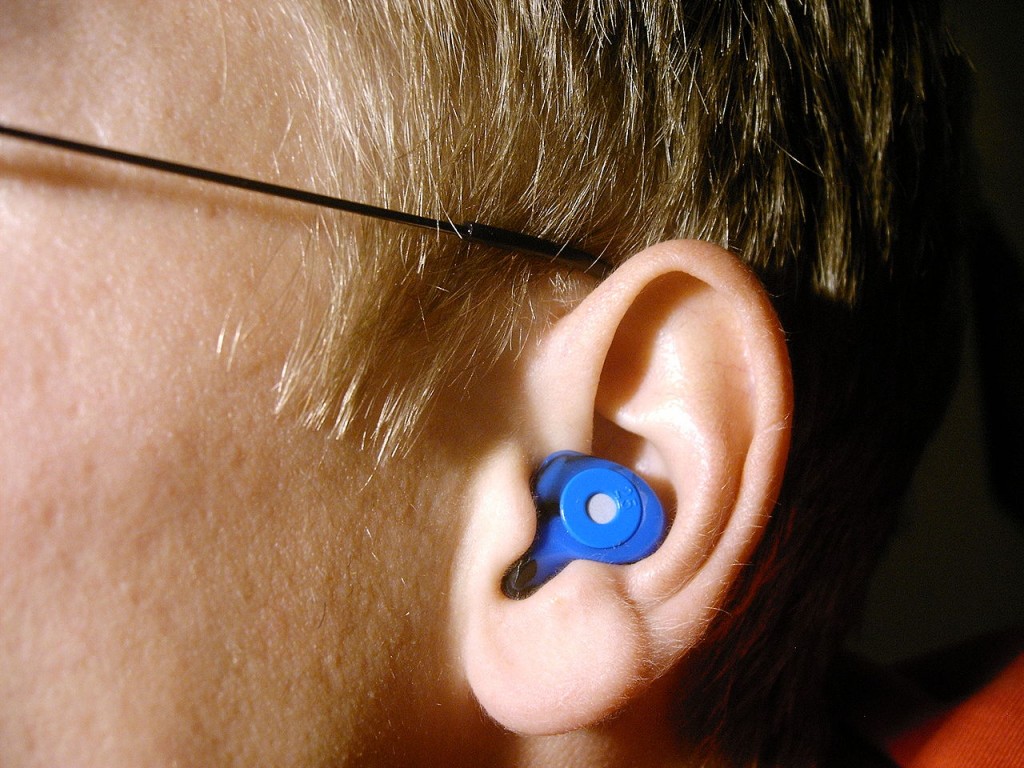We only get one set of ears so make sure to protect your hearing from nuisance noises, like alarms, concerts, and car horns, along with workplace noises, such as machinery, trucks, and hammering. Any constant or repetitive loud noises—particularly in a confined space—can damage your hearing. And if those loud noises continue over a period of time, the damage will only get greater.
Hopefully, you’re already using some type of ear protection, but do you have all the information you need about the different types of hearing protection that’s available? There are three major categories of ear protection: ear plugs, earmuffs, and ear bands. With a little effort, you can determine which type is right for you.

Ear Plugs
Ear plugs do exactly what their name suggests: they plug your ear. These small, pliable devices fit right in your ear and block out irritating noises. You can use them if you work in a cubicle and are trying to ignore the conversation going on across the thin wall. You can also use them if you work on a manufacturing line. Because they go inside your ear, it isn’t always obvious that you’re wearing them.
Earmuffs
Earmuffs are worn over, and not inside, the ear. They look like headphones, but they block sound instead of conveying it. They offer excellent ear protection, but they’re not invisible. If you’re trying to avoid the water cooler conversation or cubicle gossip, it will be obvious.
Ear Bands
Ear bands can be considered a combination of ear plugs and earmuffs. They plug the ear, but they’re held together with a band. They are lighter weight than earmuffs, and they won’t get separated like ear plugs. They are often a good compromise between plugs and muffs.
Will You Wear Them?
Any type of ear protection is only effective if you use it consistently and correctly. Though ear plugs are made of comfortable and flexible material, some people just don’t like the feeling of a foreign object in their ear. If you are a person who simply won’t insert an ear plug, then you should go with an ear muff.
On the other hand, if you think the ear muff design is a little too conspicuous for you, then go for the ear plug. The key is to know which type of ear protection you’ll wear because ear plugs and earmuffs only protect your hearing if you use them.
Know the Facts
Whether you’re interested in hearing protection for yourself or your employees, make sure you do some research. Reputable manufacturers will give you all the necessary specifications on the types of hearing protection they provide. Moldex sells a wide range of quality ear plugs and earmuffs and offers up information that you might never have thought of.
For example, employees might be more inclined to wear “cool” earmuffs. So if you work in an industry where ear protection is mandatory, you might just get better participation numbers if your workers actually like the look of the earmuffs.

Questions to Ask
Some questions to think about when shopping for hearing protections:
- Is your exposure to noise constant or sporadic? In other words, do you need protection for a few minutes during the day or for hours at a time?
- Will you be taking the hearing protection out (or off) many times a day? Or can you leave the ear plugs in or the earmuffs on?
- Do you want disposable or re-usable hearing protection? Are you purchasing for many people or just for yourself?
- Do you need to provide hearing protection to clients or visitors to your business?
- Am you prone to ear infections? If so, you might want to use external earmuffs, rather than internal ear plugs.
- Is cost a factor? In the short run, earmuffs are more expensive than ear plugs. However, for a long term investment, earmuffs might work better for your needs.
- Do you work in a food processing facility? If so—and you’re using ear plugs—you may need metal detectable ear plugs to ensure no ear plugs get lost in the food.
- If you’re leaning towards earmuffs, remember to consider their weight. Make sure they’re not too heavy for long term use.
So consider your needs—immediate and long term. Think about your budget. Determine how the ear protection will be used—and whether you need full compliance from your employees. Once you’ve done all that, you’ll just need to decide on which color you prefer, and you’re all set. Your ears will thank you.
